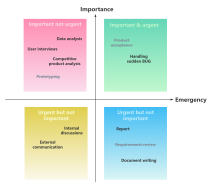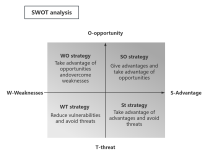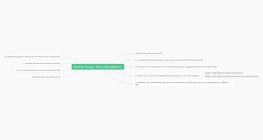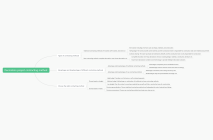
Five-step problem solving method
0 Report
This mind map outlines the 'Five-step problem solving method,' a structured approach to effectively address and resolve issues within organizations. The method begins with expanding the problem's scope by discussing subtle differences comprehensively. It emphasizes checking by delving into surface events, behavior patterns, potential system structures, and mental models. Empathy is crucial, focusing on stakeholders' perspectives, both directly and indirectly related. The improvement step aligns the issue with broader organizational concerns through four perspectives: coordination, human resources, political dynamics, and symbolism. Finally, looking forward involves transitioning to solution design with backward planning and strategic actions for immediate and long-term goals.
Related Recommendations
Other works by the author
Outline/Content
See more
Expand
Discuss the subtle differences in the problem comprehensively.
brainstorm
Check
Dig deep and peel layer by layer
Surface event: What happened?
Behavior pattern: How customers, employees, and other stakeholders respond
Potential system structure: processes, specifications, and strategies, which structural forces are at play
Mental model: How our values, beliefs, and assumptions reinforce potential problems
empathy
Focus on stakeholders
Directly related
Indirectly related
What they say: What do they say?
What do stakeholders think?
What do they feel?
What are they doing?
improve
How does the issue relate to broader organizational issues?
Four Perspectives
The coordination and consistency of activities
Human Resources: Interpersonal Relationships, Morale
Political Arts: Dynamic of Power, Competition of Interests, and Alliances
Symbolism: Group Identity and Culture
Looking forward
Transitioning from problem restructuring to positive imagining and designing solutions
backward planning
Clarify the expected goals
Reverse design is the path to the project goal.
Monitor the progress towards achieving the goal, and be prepared to adjust the plan based on the results, feedback, or changing circumstances.
Long-term strategy: 9-12 months/longer
Short-term measures: 4-8 months
Take immediate action: 0-3 months

Collect

Collect

Collect

Collect

0 Comments
Next Page



